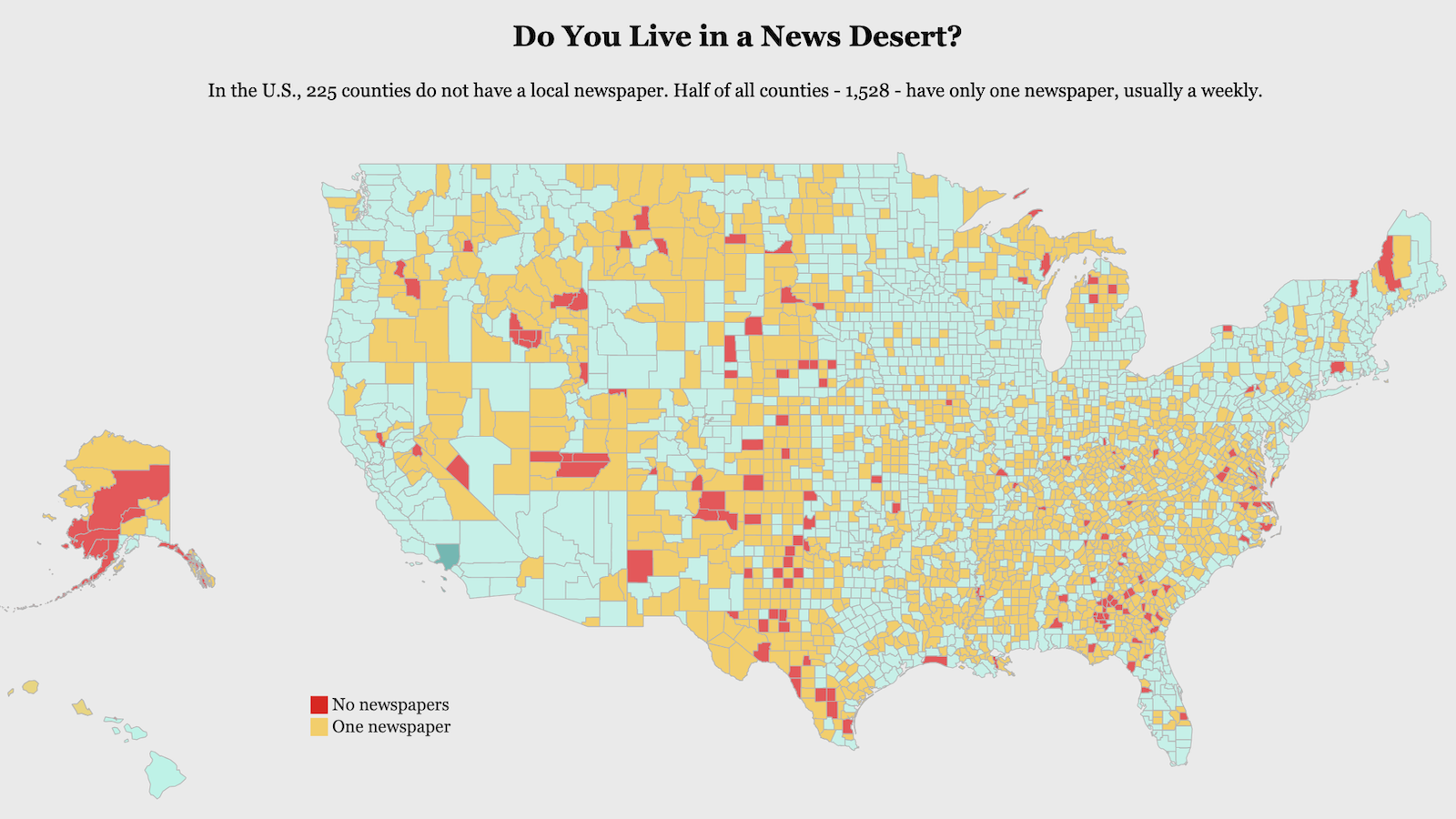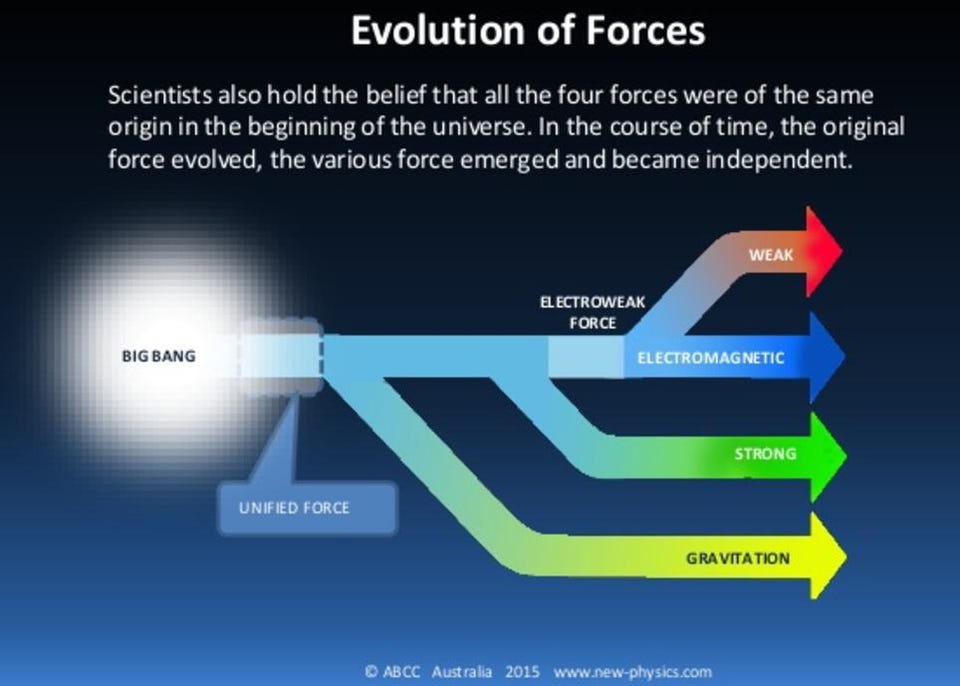Phantom Sequel
Twenty-six years after Andrew Lloyd Webber’s “The Phantom of the Opera” premiered, the evil genius is back with his sequel “Love Never Dies” being unveiled in London today. It is due to hit Broadway in November and Australia in 2011. NPR’s Jeff Lunden explains: “Lush and romantic, ‘Love Never Dies’ picks up the story 10 years after the chandelier-crashing events of Phantom, with its love triangle involving the disfigured genius composer, his beautiful opera-singer muse and the dashing count Raoul. The new show is set at New York’s Coney Island, where the Phantom has become a rich impresario running a freak show. The singer, Christine, now has a 10-year-old son, who’s a musical genius himself. Lloyd Webber says the idea of writing the sequel came to him some 15 years ago, in a conversation with Maria Bjornson, the set designer of the original Phantom. ‘I remember saying to her, ‘You know, I think it’s slightly unfinished business, because all we do is we just leave a mask on a chair,’ and what happened?’ he explains. ‘What did happen? Did Christine really live with Raoul happily ever after? I doubt it. So, there had to be a continuation of the story.’”




